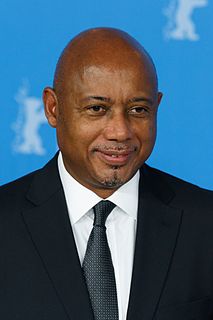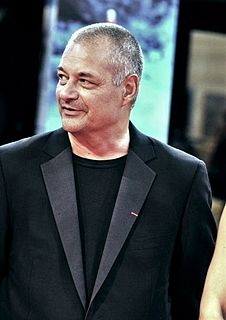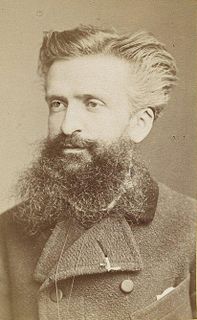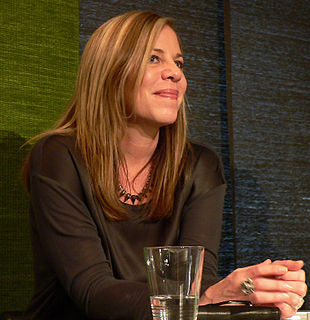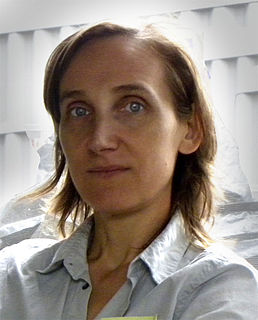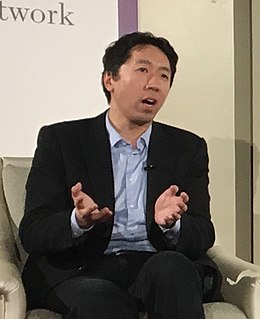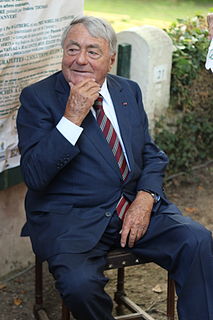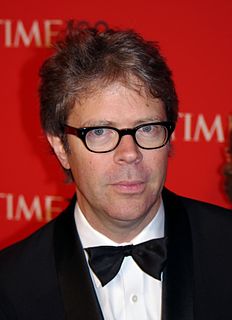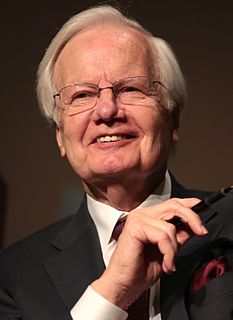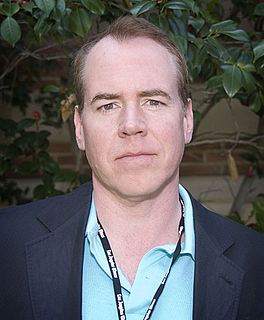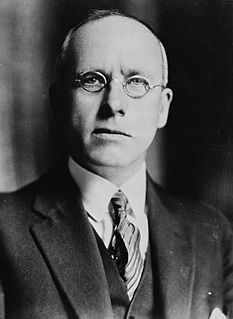A Quote by Raoul Peck
When I left Haiti, I was eight. I went to the Congo where my father was working. The only images that I had were the images of Tarzan. That's what I thought Africa was. Of course, the first day I arrived there, I thought I would see a lot of savages dancing on the tarmac.
Related Quotes
When I was a child, I had a ViewMaster, those red box glasses with little discs, so that you can see 3D images. They were my first steps in cinema. I was eight years old, I would cut and change the order of the images and that's how I created films that subsequently I recorded and projected and showed my friends. So I already took my first steps in 3D when I was eight years old.
A crowd thinks in images, and the image itself calls up a series of other images, having no logical connection with the first...A crowd scarcely distinguishes between the subjective and the objective. It accepts as real the images invoked in its mind, though they most often have only a very distant relation with the observed facts....Crowds being only capable of thinking in images are only to be impressed by images.
Animals see a video of the world. If an animal were only to see still images, how would its vision develop? Neuroscientists have run experiments in cats in a dark environment with a strobe so it can only see still images - and those cats' visual systems actually underdevelop. So motion is important, but what is the algorithm?
I am myself a professional creator of images, a film-maker. And then there are the images made by the artists I collect, and I have noticed that the images I create are not so very different from theirs. Such images seem to suggest how I feel about being here, on this planet. And maybe that is why it is so exciting to live with images created by other people, images that either conflict with one's own or demonstrate similarities to them.
She wondered: How could people respond to these images if images didn't secretly enjoy the same status as real things? Not that images were so powerful, but that the world was so weak. It could be read, certainly, in its weakness, as on days when the sun baked fallen apples in orchards and the valley smelled like cider, and cold nights when Jordan had driven Chadds Ford for dinner and the tires of her Chevrolet had crunched on the gravel driveway; but the world was fungible only as images. Nothing got inside the head without becoming pictures.
I've always thought the American eagle needed a left wing and a right wing. The right wing would see to it that economic interests had their legitimate concerns addressed. The left wing would see to it that ordinary people were included in the bargain. Both would keep the great bird on course. But with two right wings or two left wings, it's no longer an eagle and it's going to crash.
On September 11 one of the messages on our answering machine was from The New Yorker saying get down here right away for a special issue we'll be doing. That seemed so irrelevant to me, considering the cataclysm. I went to my studio for a while and I was processing the news. Because when we were in the thick of it, it just felt like Mars Attacks!, Is Paris Burning?, and I had no perspective. For a while, I thought I should go down and look for bodies. At the same time, since The New Yorker was looking for images, I thought, "Well, I'm more trained to look for images than for bodies."
